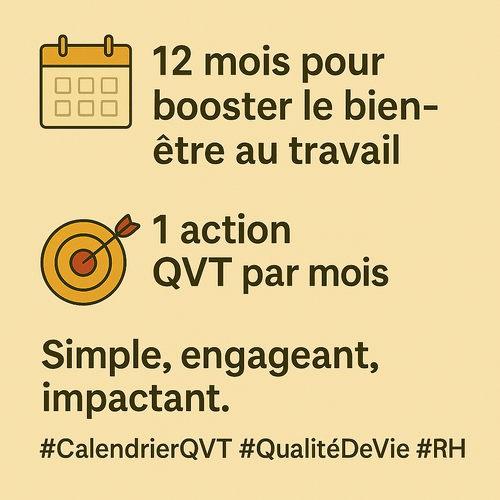A recommendation rooted in habits
Eat at least five portions of fruits and vegetables a day. For over fifteen years, this slogan has been deeply rooted in French eating habits, achieving positive results: currently, 79% of French people consider it important to consume at least five portions of fruits and vegetables a day.
The rise of plant-based food
Interest in plant-based diets continues to grow. According to a survey by the French Institute for the Study of Plant-Based Food (IFOP), 68% of French people believe that a more plant-based diet would have beneficial effects on their health, while 64% believe it would help reduce their environmental footprint.
Real consumption down
However, despite this enthusiasm, actual consumption of fresh fruits and vegetables is declining. In 2023, French households consumed an average of 4.7 kg less fresh fruits and vegetables than the previous year, a decrease of more than 13 kg compared to the average between 2018 and 2022. This reduction is explained in particular by the significant increase in prices, rising from €2.87/kg in 2022 to €3.02/kg in 2023.
A changing market: current issues and challenges
This situation raises a key question: how can we maintain, or even increase, the consumption of fresh fruit and vegetables in France despite these economic constraints? Between changing consumer expectations, evolving distribution channels, and production challenges, the French fruit and vegetable market is currently undergoing a period of major change.
Organization of the fruit and vegetable sector in France The French sector is based on a structured organization involving various key players from production to distribution.
The producers
In France, there are 57,500 farms specializing in growing fruit and vegetables on 362,000 hectares.
Producer organizations (POs)
Entities such as Blue Whale, Sicoly, and Prince de Bretagne bring together producers to pool resources, plan crops, and secure market opportunities, thus playing a central role in the sector. There are approximately 200 recognized POs in France.
Shippers and cooperatives
They manage the collection, packaging and distribution of products to markets, thus ensuring efficient logistics adapted to market expectations.
Wholesalers
These companies purchase large volumes from producers and then supply retailers and restaurants. They distribute nearly 40% of the fresh fruit and vegetables consumed in France.
Retailers
Final distribution to consumers is ensured by various channels such as large-scale distribution, local markets, specialist stores and even direct sales.
The major challenges of the sector
This complex organization creates major challenges, particularly regarding producer compensation. Producers receive on average only 20 to 25% of the final price paid by consumers in supermarkets.

Faced with this problem, several initiatives are underway:
- EGALIM laws aimed at guaranteeing better remuneration for producers.
- Development of short circuits reducing intermediaries.
- Promotion of producer brands in supermarkets.
The growing importance of traceability
Traceability is also a major issue. Consumers are now demanding greater transparency regarding the origin of products, pushing players to adopt digital tools, quality labels (organic, HVE, Zero Pesticide Residue), and platforms connecting producers and buyers.
Towards enhanced sustainability and favored short circuits
Environmental challenges such as food waste (30% of products lost before consumption), logistics optimization and responsible management of water resources are promoting the growth of short supply chains, offering better remuneration, competitive prices and a reduced ecological footprint.
Current consumer trends
Seasonality and local origin remain top purchasing criteria for 65% of consumers. However, price remains a deciding factor, particularly in an inflationary environment, prompting a shift toward less expensive ranges.
The organic market is currently experiencing a slowdown after strong growth, primarily due to high prices. Specialist retailers are outperforming mass retailers in this segment, particularly due to the emergence of alternative labels considered more accessible.
Furthermore, the growing demand for practical and quick-to-consume products (pre-packaged salads, pre-cut fruit) meets the time constraints and the need for simplicity of modern consumers, especially in urban areas.

Localism and distribution challenges
The stated preference for "made in France" products is primarily motivated by environmental and economic reasons. However, dependence on imports remains high for certain products. Large-scale retailers continue to dominate the market with 65% of sales, even though short supply chains are steadily growing.
Out-of-home catering also represents a significant market, requiring specific formats and regular supply, which is pushing towards increased product processing and strict health requirements.

Conclusion: adapting the sector to new realities
Faced with changes in purchasing behaviors and economic and environmental constraints, the fruit and vegetable industry must constantly adapt. To maintain the consumption of fresh produce, it will be crucial to optimize assortments, strengthen traceability, and effectively meet consumer expectations.










